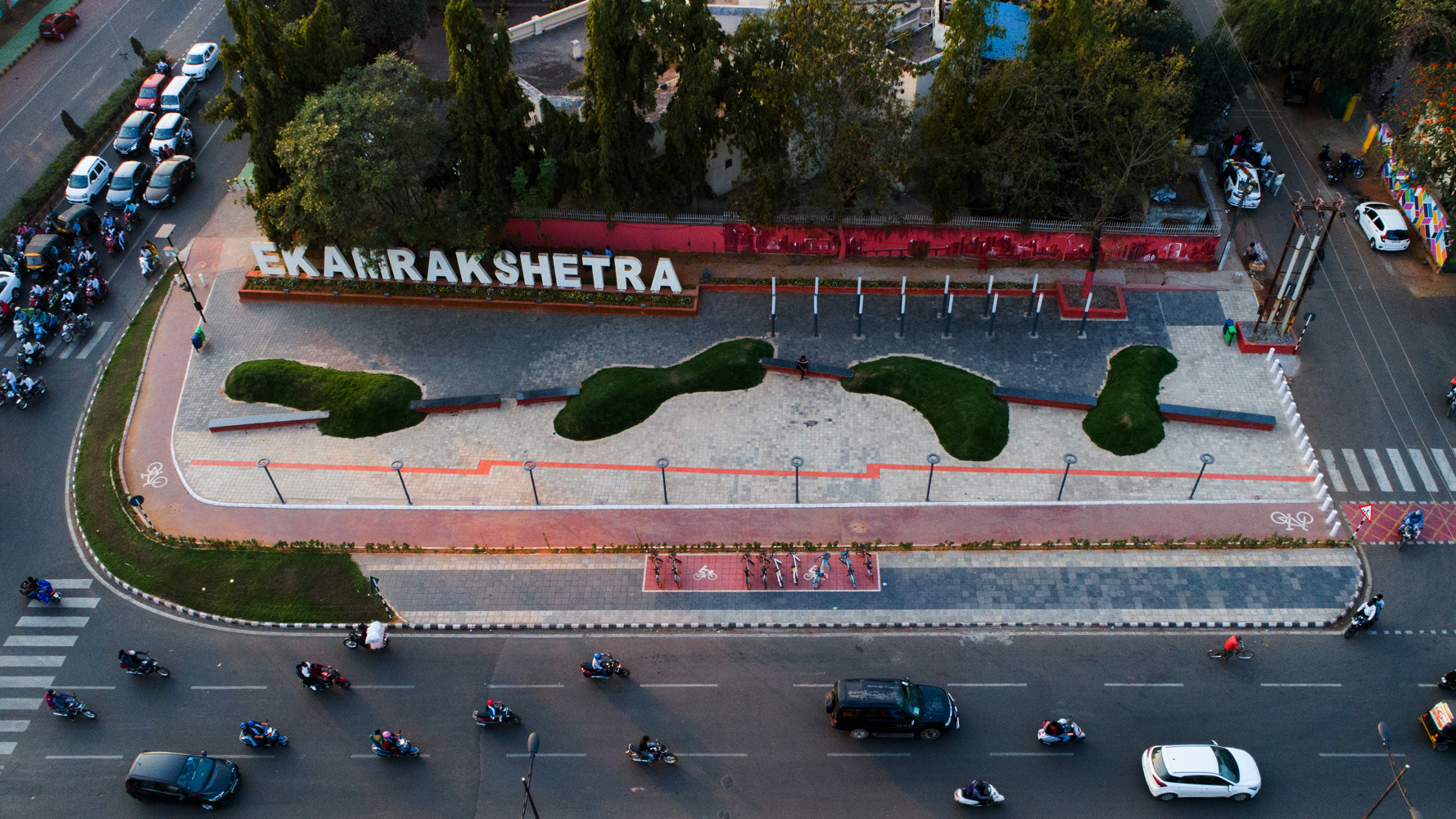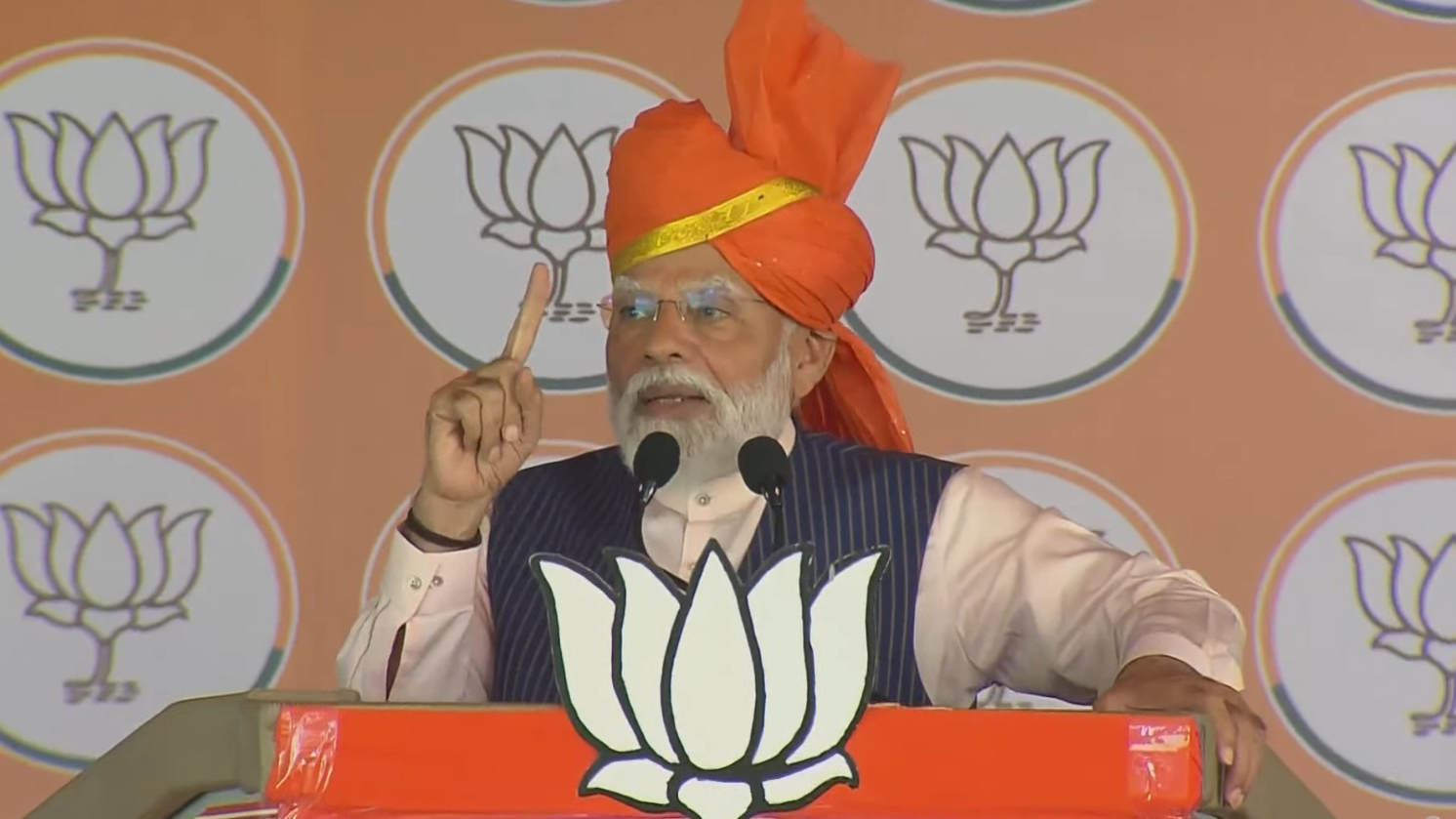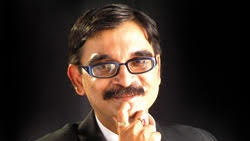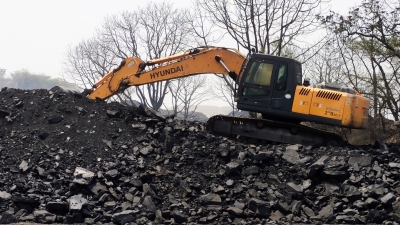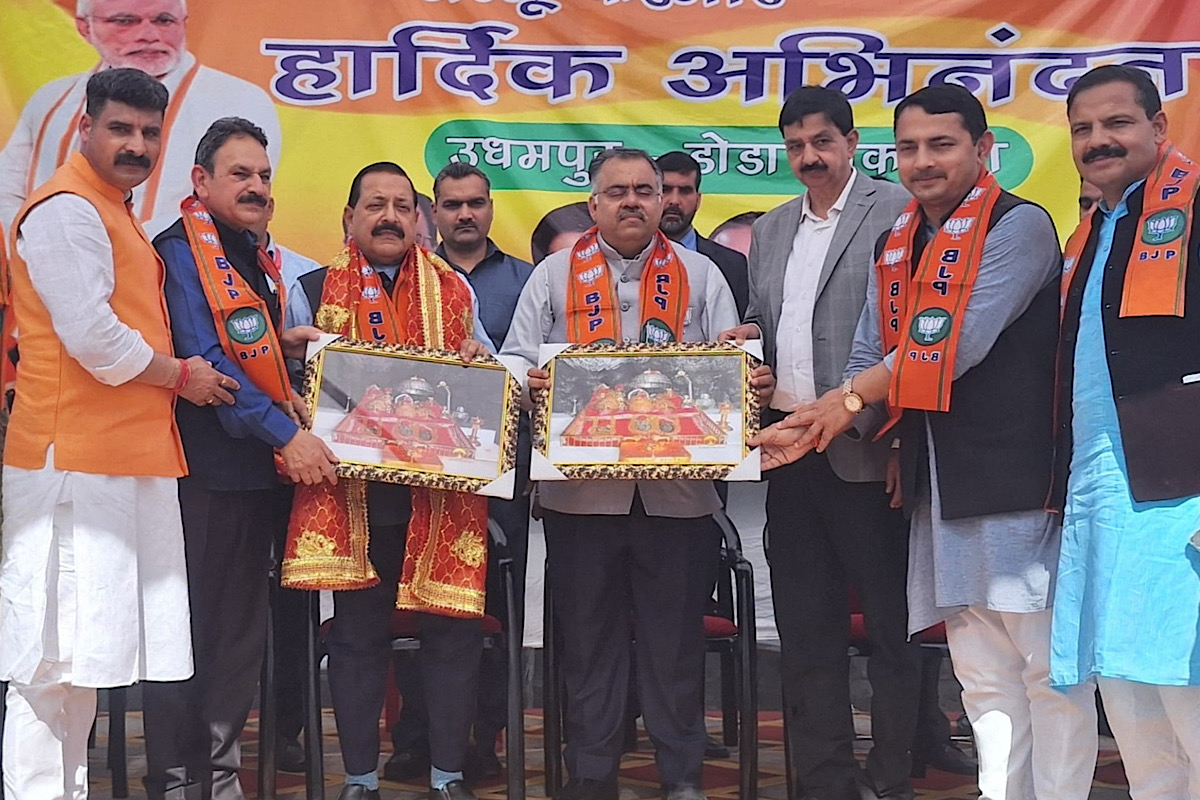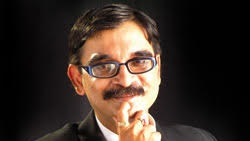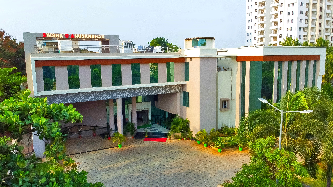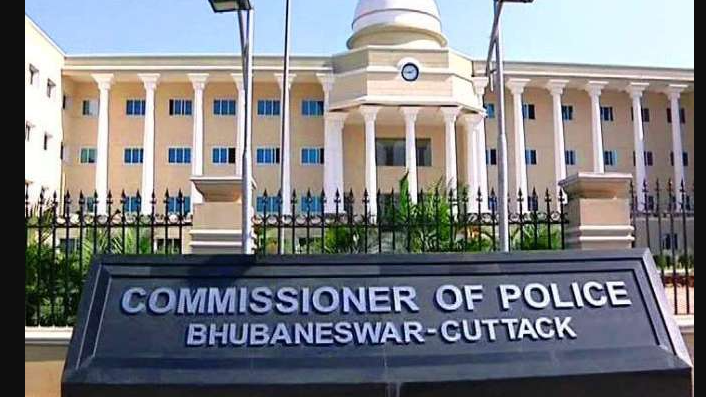Are ATMs Moribund?

If cash loses its importance as the ‘king’, survivability of ATMs would become doubtful Dr Manas R. Das Ever since ATMs have been democratized, the regulatory tug-of-war between RBI and banks has increased considerably. Today, the ATM revolution is facing a question mark. From 2005 to 2019, the number of ATMs grew rapidly at a Compound Annual Growth Rate (CAGR) of 29.7%. The year 2013-14 alone witnessed an addition of 27,713 ATMs, which was equivalent to almost a third of the total additions made in the preceding eight years. However, the next year, i.e., 2015 onwards, the growth rate became continuously sluggish with the year-on-year additions declining precipitously. In fact, the years 2017-18 and 2018-19 registered declines. During 2014-21, the CAGR turned out to be a dismal 4.2%. Ironically, the hardest blow to ATMs today sources from technological innovations per se in the form of m-Wallet, mobile banking, and Point-of-Sale (PoS) machines. If one compares the relative shares of each transaction mode in the total of all modes during the years from 2014 to 2021, one can observe a ‘substitution effect’ of the other modes on ATM transactions, volume- and value-wise. In terms of volume, while the ATM’s share declined serially from 82.1% in 2014 to 15.9% in 2021, that of mobile banking rose continuously from 1.3% to 65.8% over the same period. The share of PoS machines rose steadily from 15.2% in 2014 to 26.0% in 2018 but thereafter declined to 18.3% in 2020 and 7.9% in 2021. By value, while the ATM’s share declined serially from 87.7% in 2014 to 22.6% in 2021, that of mobile banking rose from 1.0% to 71.0%. The share of PoS machines rose steadily from 11.1% in 2014 to 17.0% in 2018 but thereafter declined to 11.2% in 2020 and 5.2% in 2021. It is noteworthy here that the figures during 2020 and 2021 represent the Covid-induced shutdown effects. Irrespective of Covid-induced lockdowns, ATMs are fast losing their sheen following the onslaught by the two technologically advanced transaction modes, i.e., mobile banking and PoS machines. Besides the ‘substitution effect’, as discussed above, the fast emerging FinTech industry is poised to further erode the utility of ATMs for both banks and nonbanks as well as customers. The first and foremost imperative is to consolidate the vast number of ATMs – a process that has begun but needs to be fast-tracked. Pricing of ATM transactions needs to be done on a cost-plus basis, keeping in view the regulatory changes introduced by RBI from time to time. Even if ATMs are declared as ‘public good’ like water or electricity, some charges will have to be recovered from the users beyond a certain amount of usage. Even for the ‘public goods’, user fees are charged. The utility and salience of ATMs are inextricably linked to cash use in an economy. If cash loses its importance as the ‘king’, the survivability of ATMs would become doubtful. About the Author: Dr. Manas R. Das is a former senior economist of the State Bank of India. He has over 30 years of experience as an economist in two large commercial banks. Academically, he is a gold medalist in Bachelor of Arts with Economics Honours from Utkal University, followed by Master’s in Economics from Delhi School of Economics and Doctorate in Economics from Gokhale Institute of Politics and Economics. He is also a Certified Associate of the Indian Institute of Bankers. He has won several awards, besides being a prolific writer.
Latest News

Virat Kohli's statue installed at Jaipur Wax M...
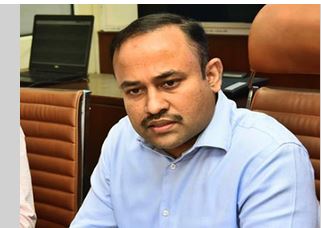
Punjab electoral officer to go Live for electi...

Pranab Prakash Das hits campaign trail in Angu...

Jilted lover stabs corporator's daughter to de...

Nestle baby food sugar study causes concern in...
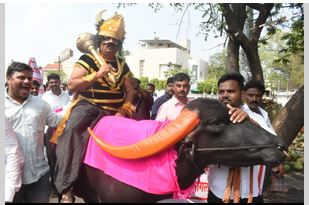
'Yamraj' files nomination as Independent for M...

ED reveals Kejriwal's high glycaemic index die...
Copyright © 2024 - Summa Real Media Private Limited. All Rights Reserved.










